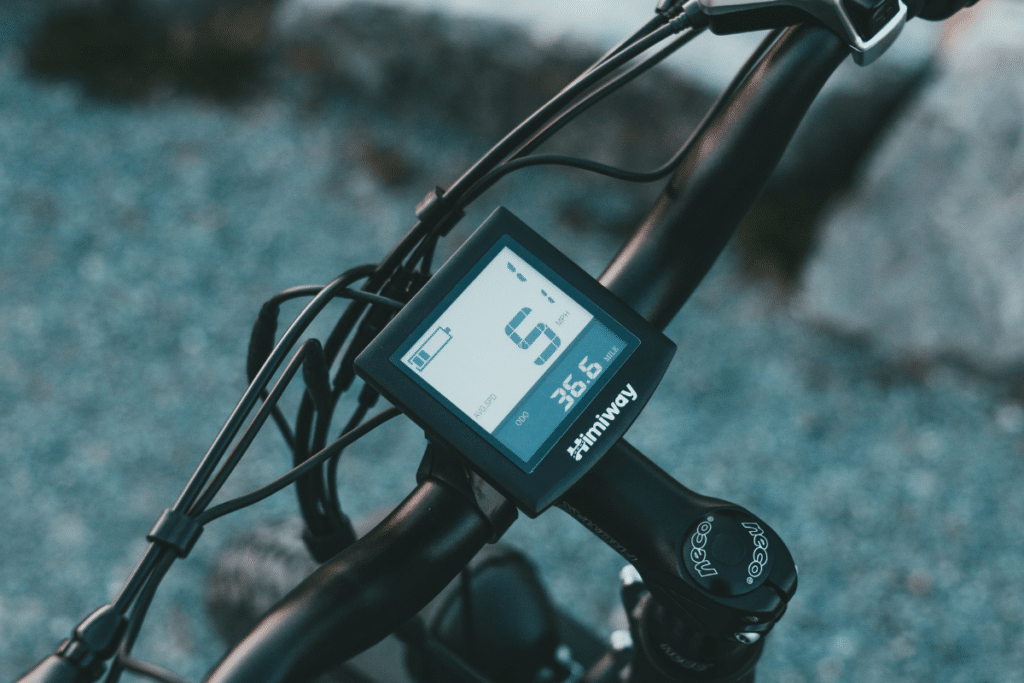When it comes to electric bikes, one of the most crucial components is the battery. The size and capacity of a battery can significantly influence your e-bike’s performance and overall riding experience. But with so many options available in the market, how do you determine what size battery is best for your electric bike? In this article, we will explore various factors that you need to consider while selecting an e-bike battery size and provide guidelines to help make an informed decision.

Battery Capacity and Range: How Far Can You Go?
Battery capacity, measured in watt-hours (Wh), is one of the primary factors determining the maximum range of an electric bike. The higher a battery’s capacity, the greater distance you can travel on a single charge. However, it is essential to remember that real-world conditions such as terrain, rider weight, weather, and assist level can affect the actual range.
- Rider and Cargo Weight: A heavier load puts more strain on the motor, requiring more energy from the battery.
- Assistance Level: Higher levels of pedal-assist consume more power compared to lower levels or throttle only usage.
- Terrain: Hilly or rough terrain increases power consumption as the motor works harder to maintain speed.
- Weather: Cold temperatures can decrease battery performance, reducing its effective range.
Tips for Enhancing E-Bike Battery Range
- Maintain optimal tire pressure: Properly inflated tires offer less rolling resistance, allowing the motor to work more efficiently.
- Choose the right gear: Utilizing appropriate gears for different terrains and slopes minimizes unnecessary energy consumption.
- Avoid sudden acceleration and braking: Gradually increasing or decreasing speed can help conserve battery power.
- Periodically recharge your battery: For longer rides, it is a good habit to top off your battery whenever possible to maximize range.
E-Bike Battery Life Span: How Long Will It Last?
A battery’s life span, usually measured in charge cycles, is another critical factor to consider. A charge cycle refers to a full discharge and subsequent recharge of the battery, regardless of whether it occurs in one continuous process or multiple smaller sessions. On average, an e-bike battery lasts between 500 to 1,000 charge cycles before its maximum capacity drops below 80%. However, factors like usage patterns, storage conditions, and maintenance can also influence a battery’s longevity.
Find out all you need to know about best electric dirt bike for adults and how do i know if my electric bike is charging
Extending Your E-Bike Battery Life
- Optimal charging habits: Avoid overcharging by disconnecting the charger once the battery is fully charged. Similarly, avoid deeply discharging the batter as it may harm the cells.
- Storage temperature: Store the battery in a cool, dry place with moderate temperatures to prevent damage caused by extreme conditions.
- Regular cleaning: Keep your battery and its connectors clean and free from dust or debris to ensure proper contact and efficient energy transfer.
- Timely replacement: If you notice reduced performance or significantly shorter range, consider replacing the battery as its capacity may have declined over time.
Lightweight Batteries: Balancing Weight and Performance
While high-capacity batteries offer extended range, they can also be bulky and heavy. A lightweight e-bike battery makes it easier to maneuver the bike and may improve handling comfort. To strike a balance between weight and performance, prioritize your riding needs. If you frequently go on long rides or have demanding commutes, consider opting for a battery with high energy density – this means that the cells can store more energy per unit of volume.
Fast Charging and Low Self-Discharge Rate for Increased Convenience
Another aspect to look for in an electric bike battery is its charging speed. Fast charging batteries reduce the time you need to wait before getting back on your bike. Additionally, a low self-discharge rate ensures that the battery retains its charge for extended periods when not in use, making it ideal for occasional riders or those who prefer to store their e-bikes seasonally.
Final Thoughts on Finding the Best Battery Size for Your Electric Bike
Selecting the right battery size for your electric bike depends on various factors, such as your desired range, preferred weight, and charging preferences. Consider your unique usage patterns and requirements when choosing a battery that best suits your needs. Ultimately, investing in a good quality battery can significantly enhance your e-bike experience and help you make the most out of your eco-friendly ride.
